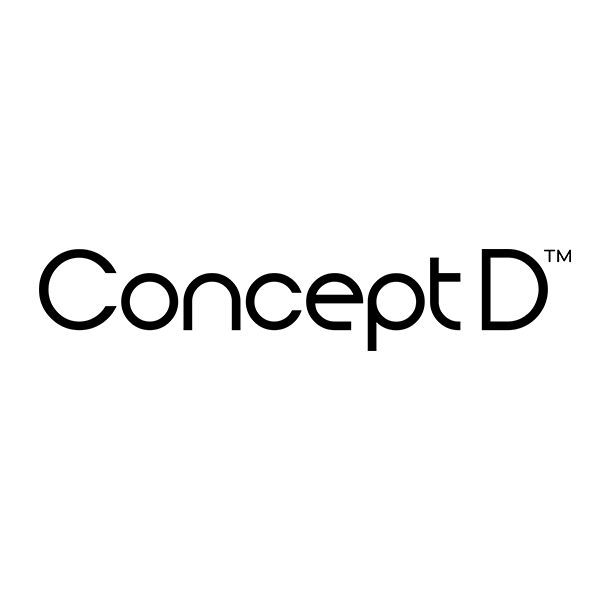There is plenty of information on the topic already, but I thought a thread in here wouldn't hurt so here we go. I was unsure about where to post the thread, no category seemed appropriate so I'll guess this one will have to do.
Recent tweaks to the forum software also made it impossible to write the whole guide in a single post, there are character limits now! Which works for our advantage as well because I'll be splitting the guide in different posts and linking to them here in the starting point:
- Installation of Macrium and creation of a recovery media
- Creating a backup of a system
- Restoring a backup
- Cloning one drive into another
So, here we go, you've got a new external drive you'd like to use to make backups of your current machine, or maybe you bought a new SSD to replace the HDD or add to your current setup and just don't know how. I'll show you one way of doing it, with the free version of Macrium Reflect, but there are plenty more. From those Acronis' rebrands that are generally available with new hardware to free open source behemoths like Clonezilla.
First you need to acquire the program so head off to
their site and you'll get a downloader that looks like this when run:

Select the options you want (just plain Reflect is good enough and click the
Download button, the installation itself is pretty much the typical
Next -> Next -> Next Windows is famous for, but since there's a license agreement in there I ought to tell you to read it

Anyway, once you open the program you'll be greeted with a window like this one:

Showing you the disks you have connected to your machine and you'll be in the
Backup tab by default. You can already see the cloning and imaging (read: backing up) of the disk right there as buttons below each of the disks you have in the machine, but, I'd like to cover something first.
There's something called recovery media, it's good to have one around in case you get to a point where the machine stops booting. For example, you can have a USB stick you could use to restore any of the previous backups you had done and bring things back to a sane state.
To create one, head over to the "Other Tasks" menu and choose "Create Rescue Media...":

And you will see a number of options, one of which is adding it to the Windows Boot Menu, which can be useful... to a point, because if you can't really get to the boot menu (now that Windows prefetches stuff first before showing the boot menu like in Windows 7 times) you're out of luck.
If you go for that route though, at the start of your computer you'll see something like this:

I think they're way more interesting any of the other options though, either creating a recovery CD/USB or creating an image to be later burned into a CD or copied to a USB stick. You will see any USB drive you have plugged into your machine listed as an option by the way, although if it has a GPT partition table it will be off-limits (at the time of writing this at least).
Let's go over the process of creating a bootable ISO:

You can choose for example whether you want to have to press a key to boot from the media, or if you want it to boot straight away (the default being pressing a key). If you go into the
Advanced options you'll find some interesting things to add:


The first tab is where you choose the base for your image, I suggest you leave it as is, electing to use WinRE (the Windows Recovery image, based on the current Windows version you're running), because among other things you'll be able to add WiFi support to it. You'll see it being greyed out in the screenshot above, but that's because I was doing it on a VM and I only had wired networking there. If you do it in your own PC it can even add the profile of your WiFi networks so you don't even have to input any password when connecting

.
It is also possible to use a custom WIM image for those of you who're more advanced users and have already a customized WinPE based image you'd rather use. As for this guide, WinRE it is with BitLocker and WiFi support

And this is what you see when you boot from the image it creates:

You'll see a very basic Windows-based live environment, with Reflect opened already and defaulting to the
Restore tab. There's a command prompt and a file manager as well as an utility to take screenshots at the bottom left, which could prove useful depending on what you need to do (for example, since it's Windows you have full access to DiskPart

).
I won't mislead you, there are features shown in there that are not part of the free version of Reflect. For example ReDeploy, which is a nice addition that simplifies the steps of making a backup in a machine and restoring it to a totally different one (or switching from AHCI to RST and vice versa). That comes with the paid version, but for a free program (even commercially!) I find it to be quite useful.









